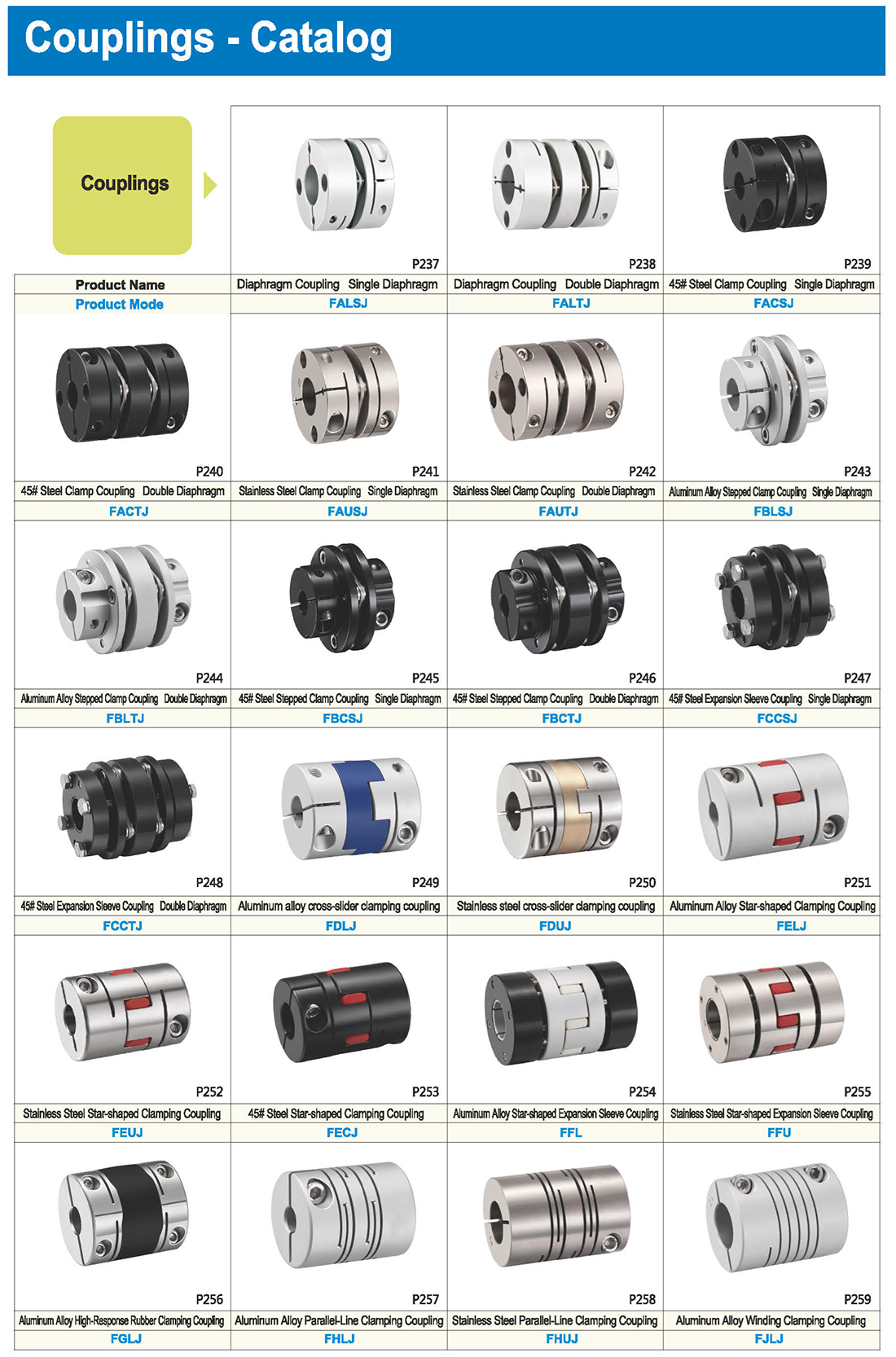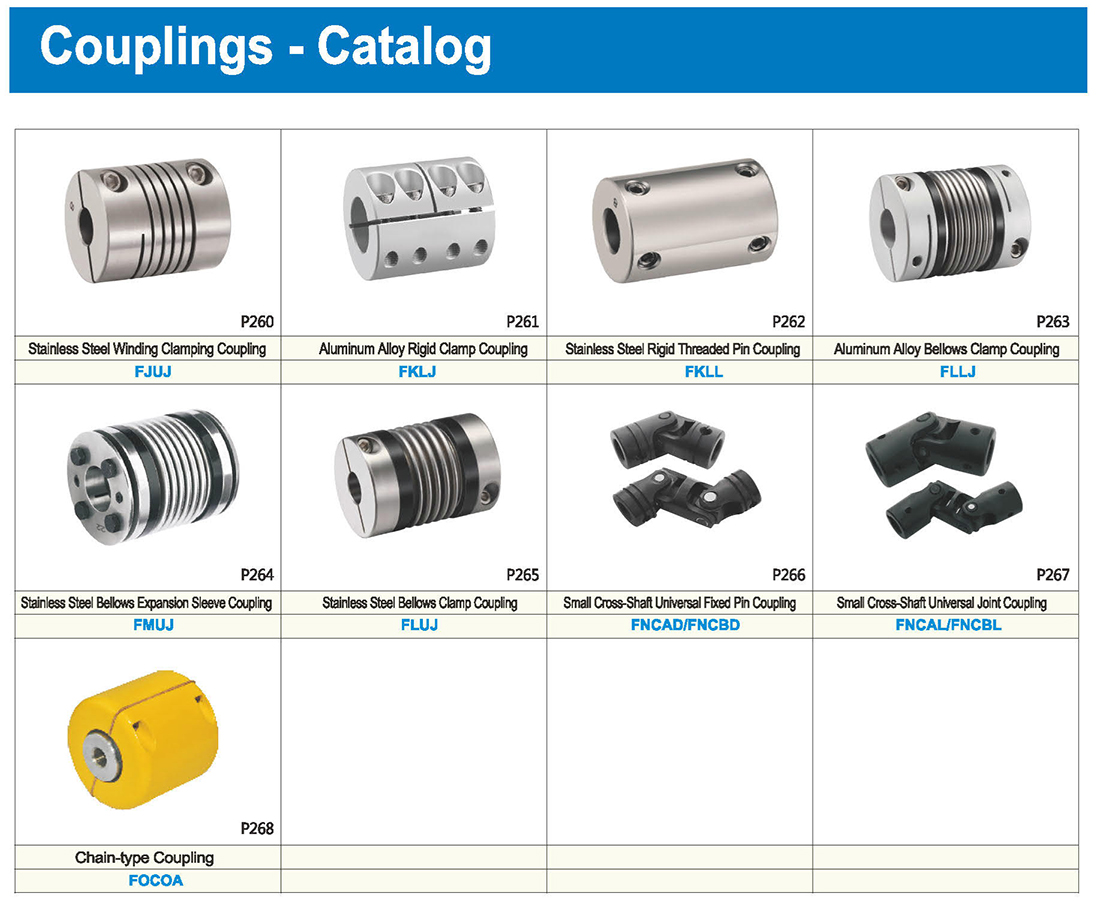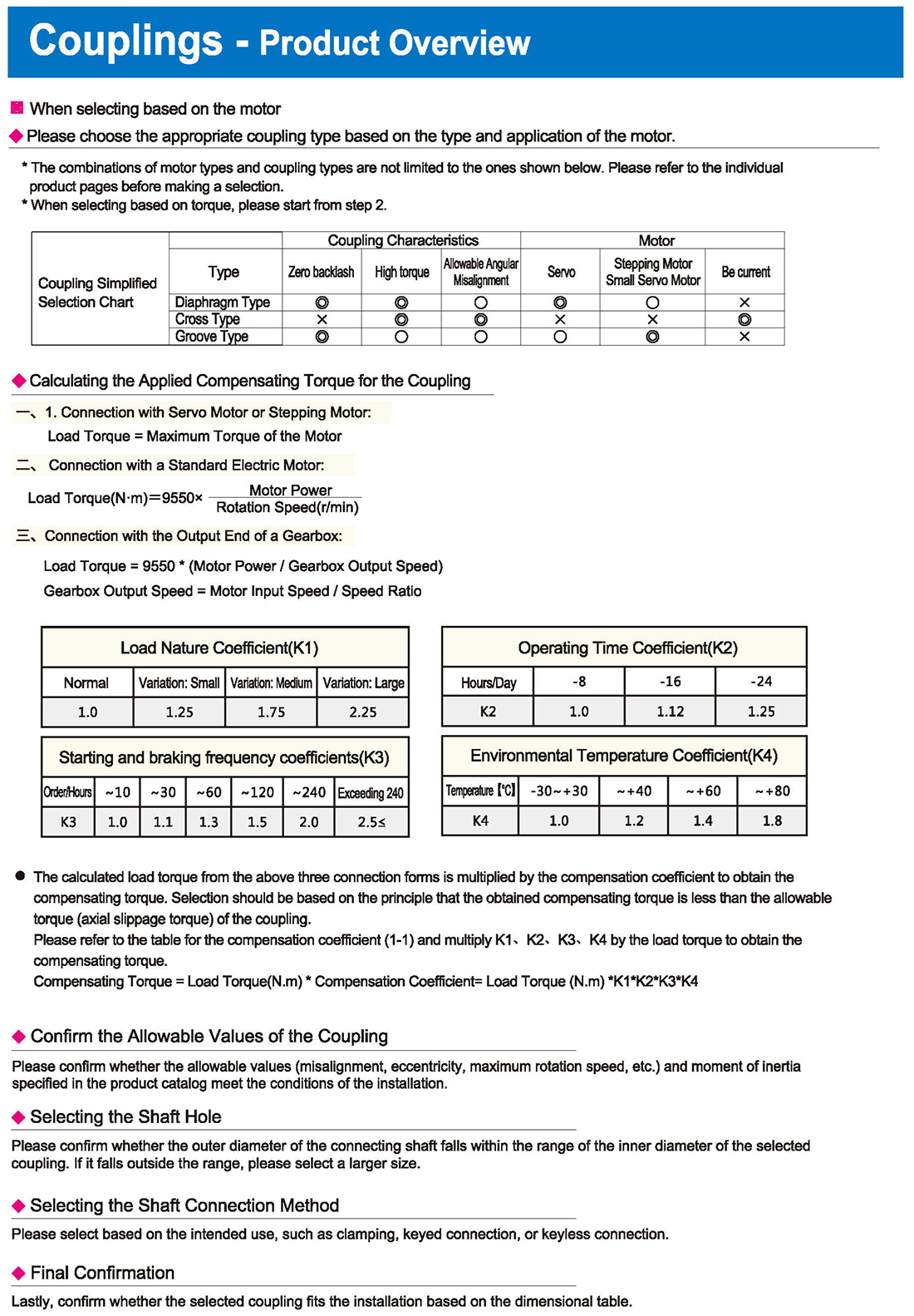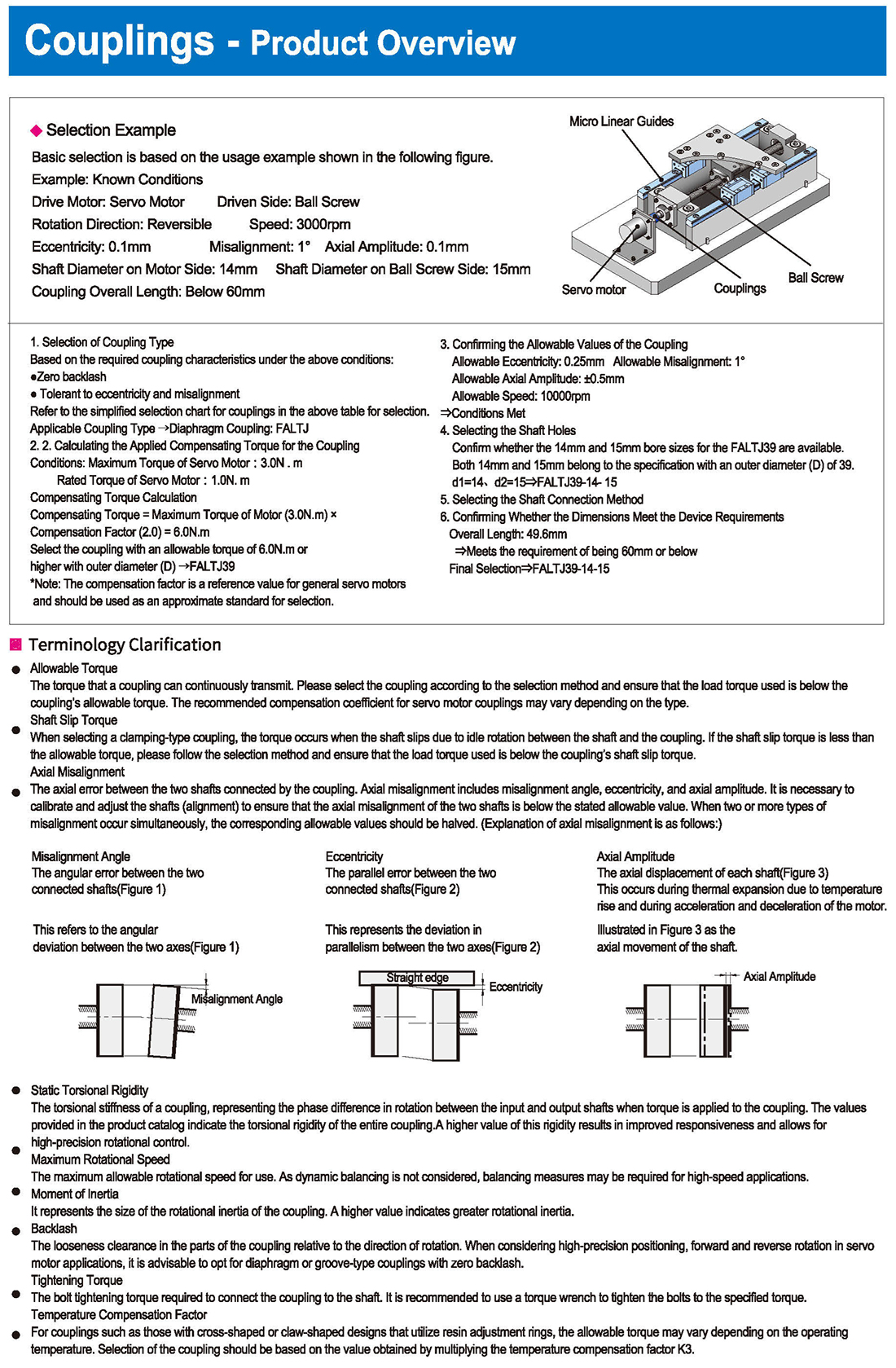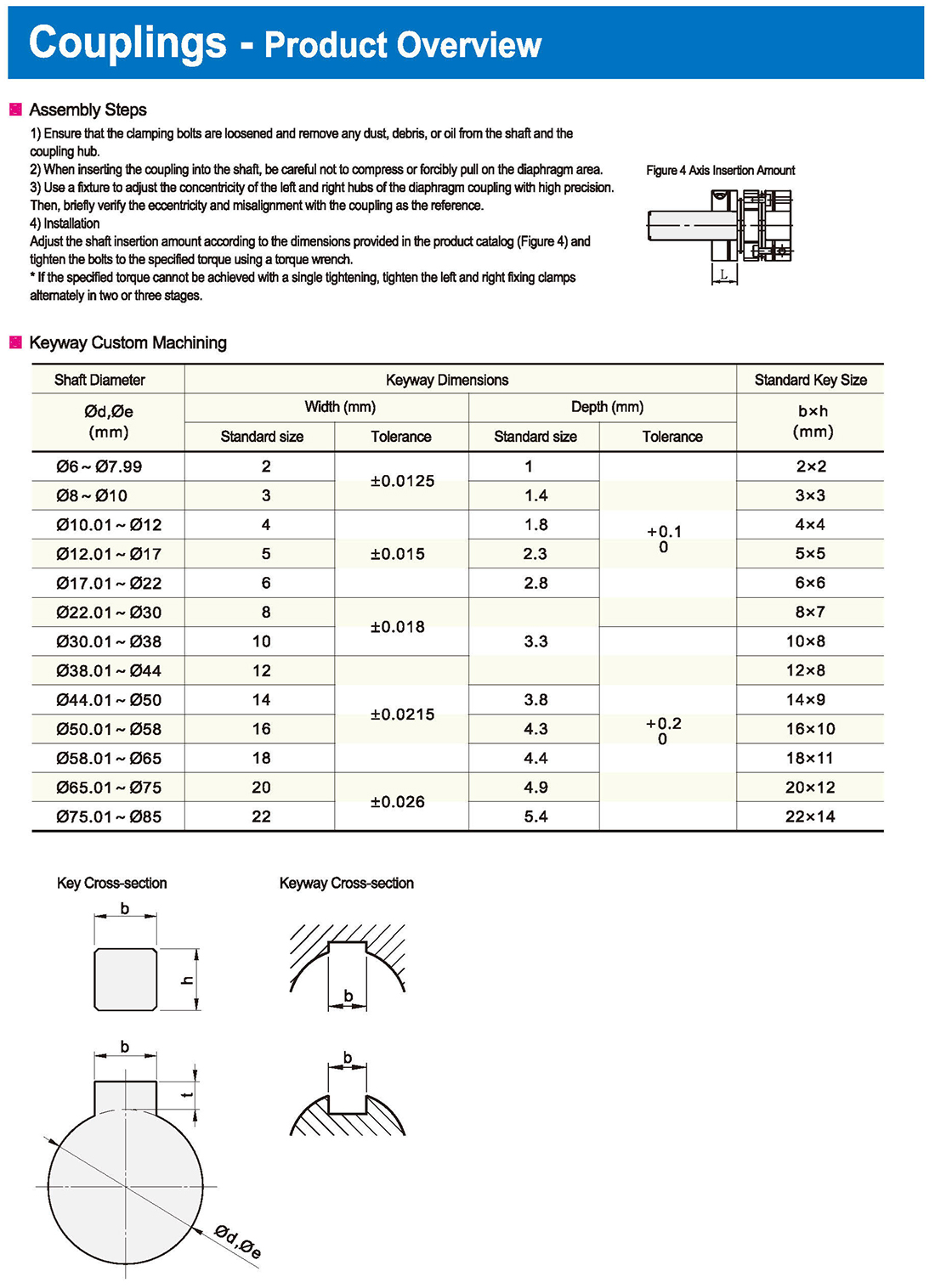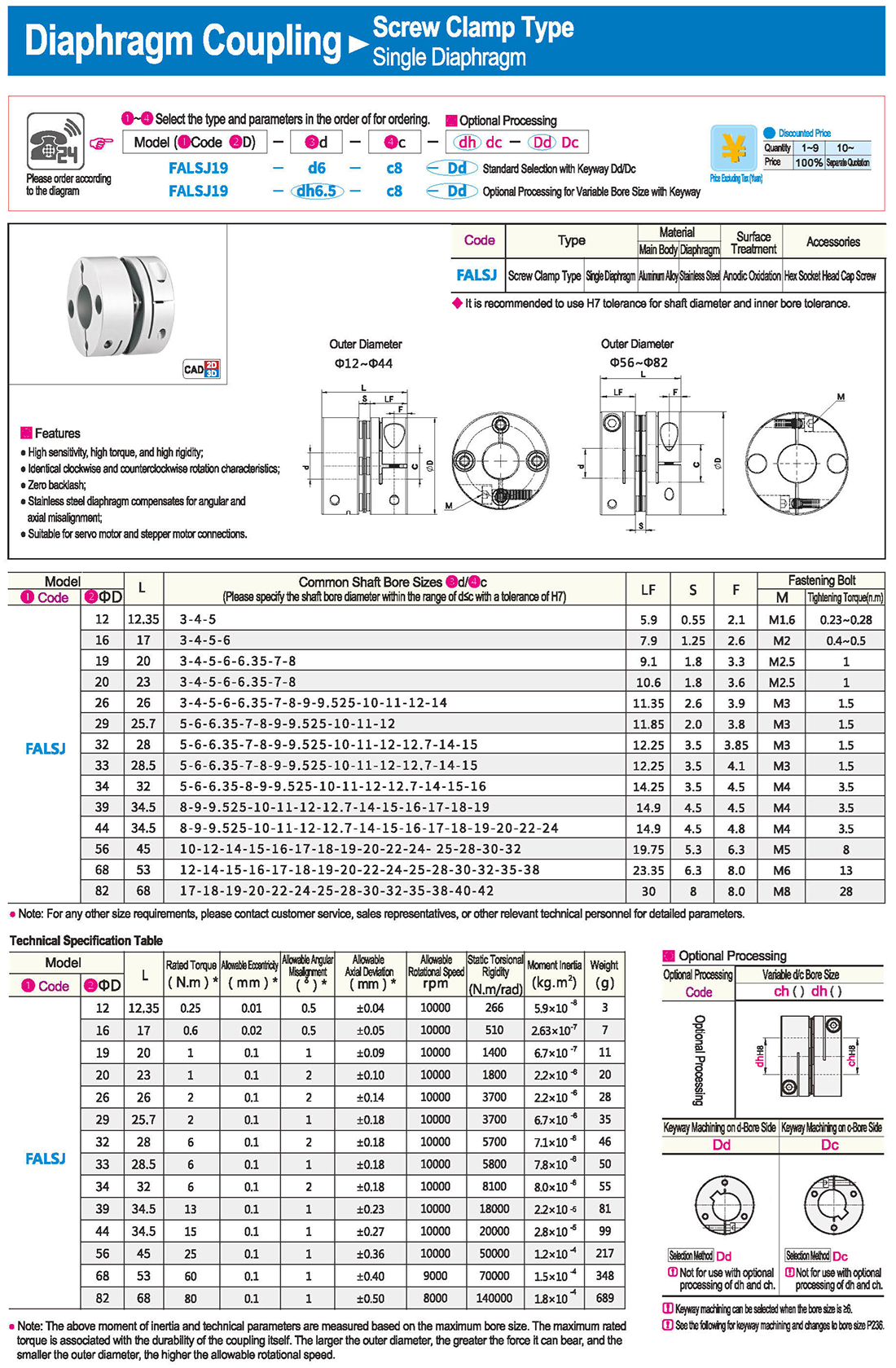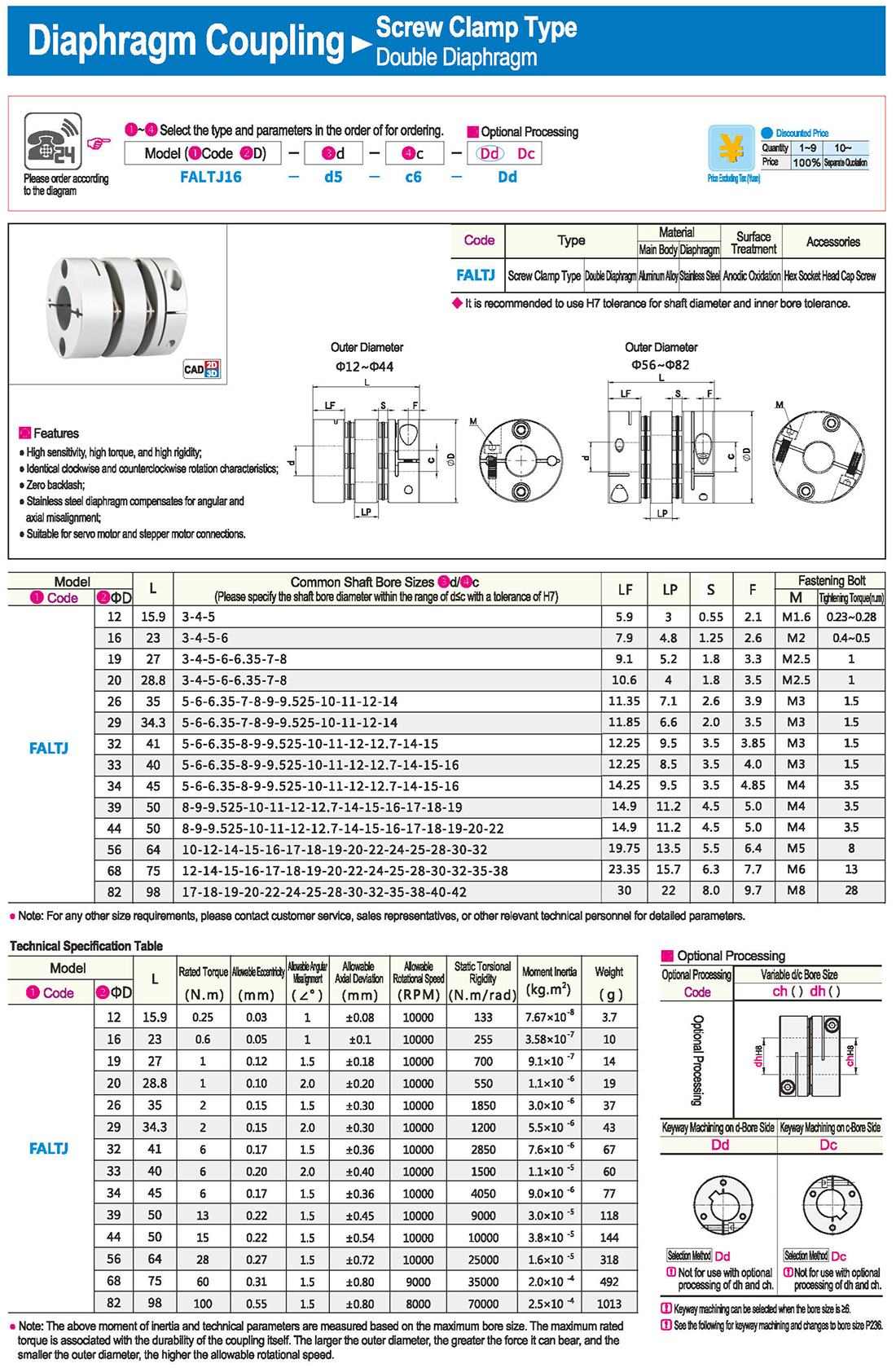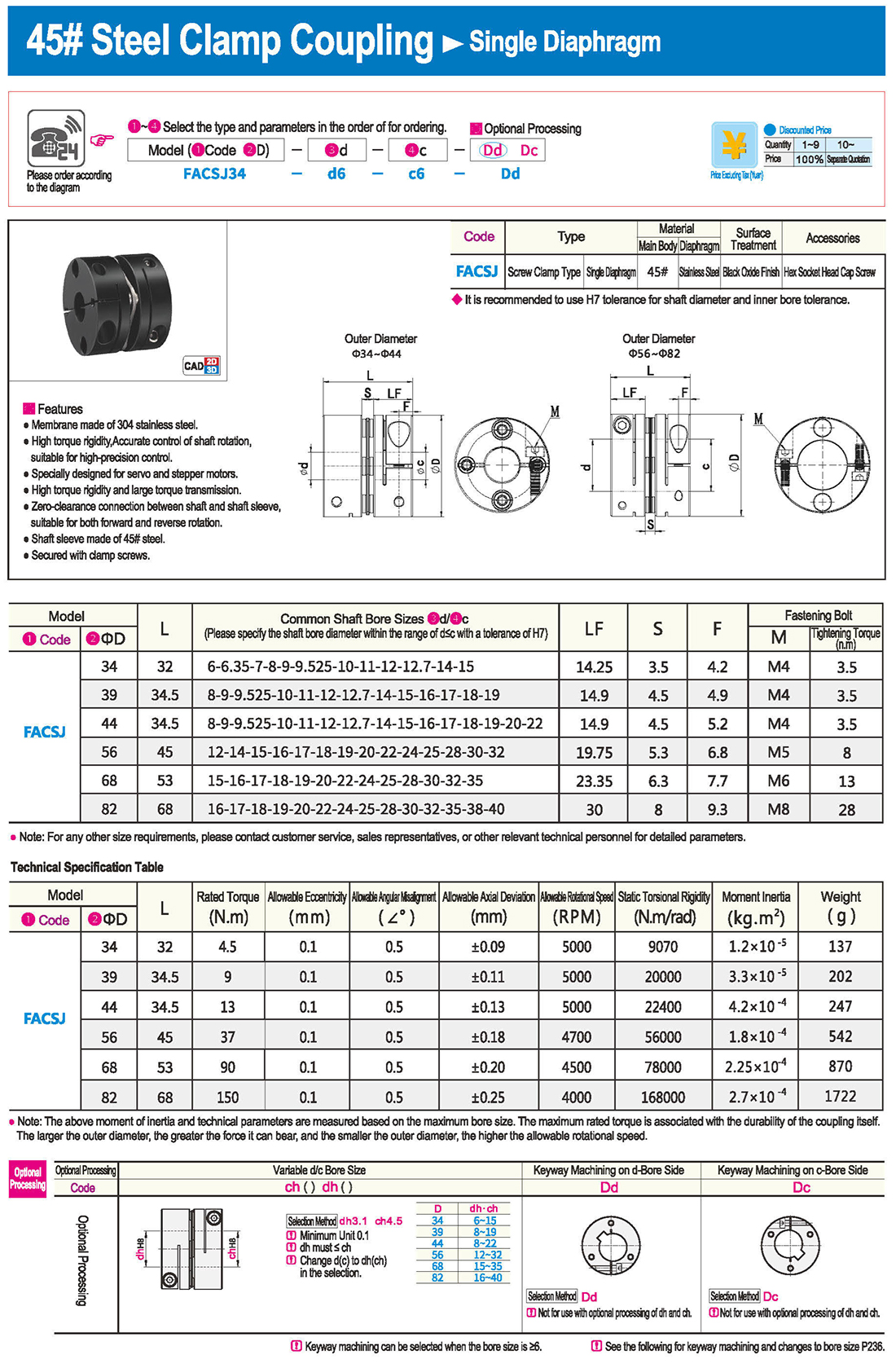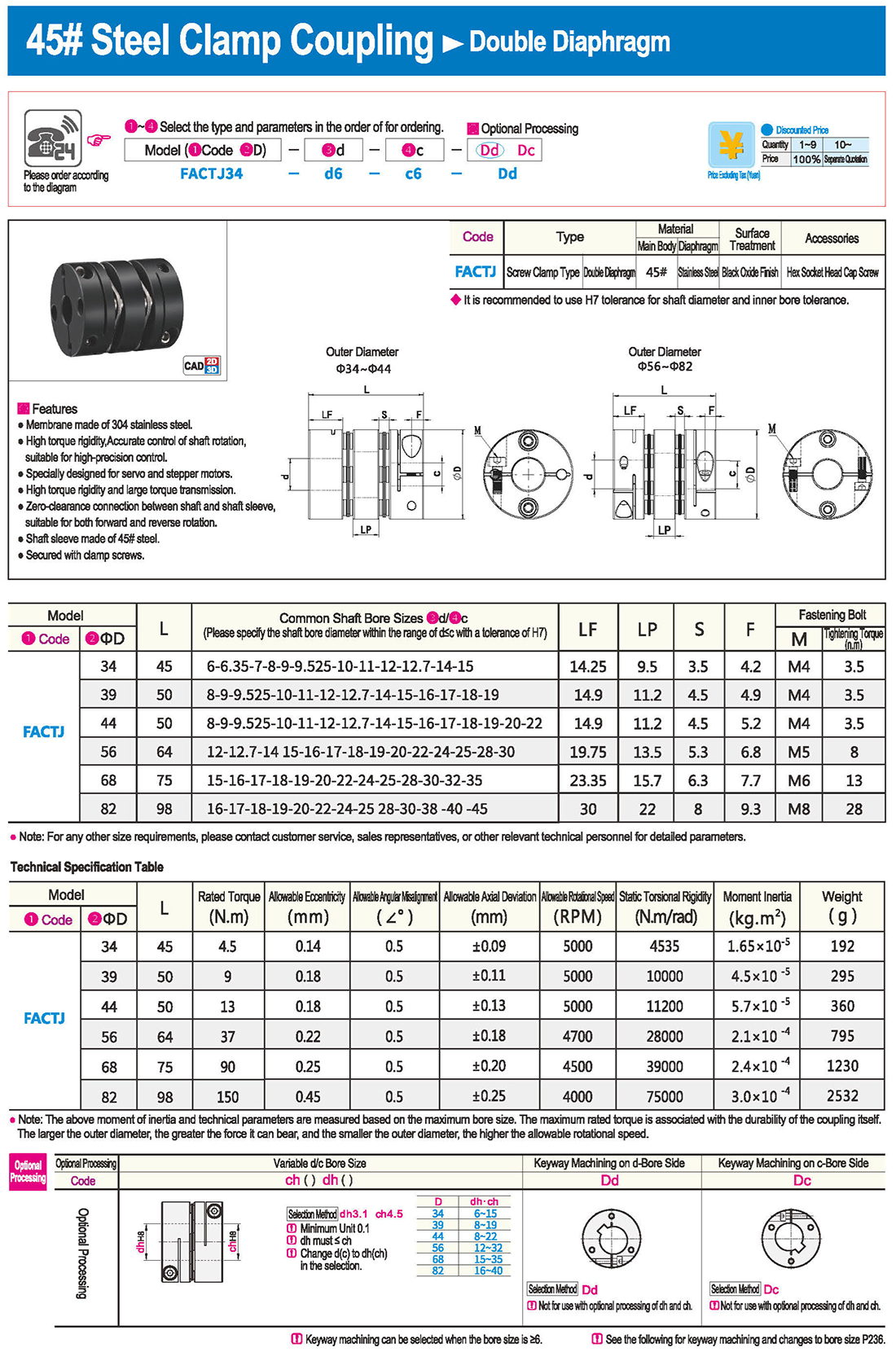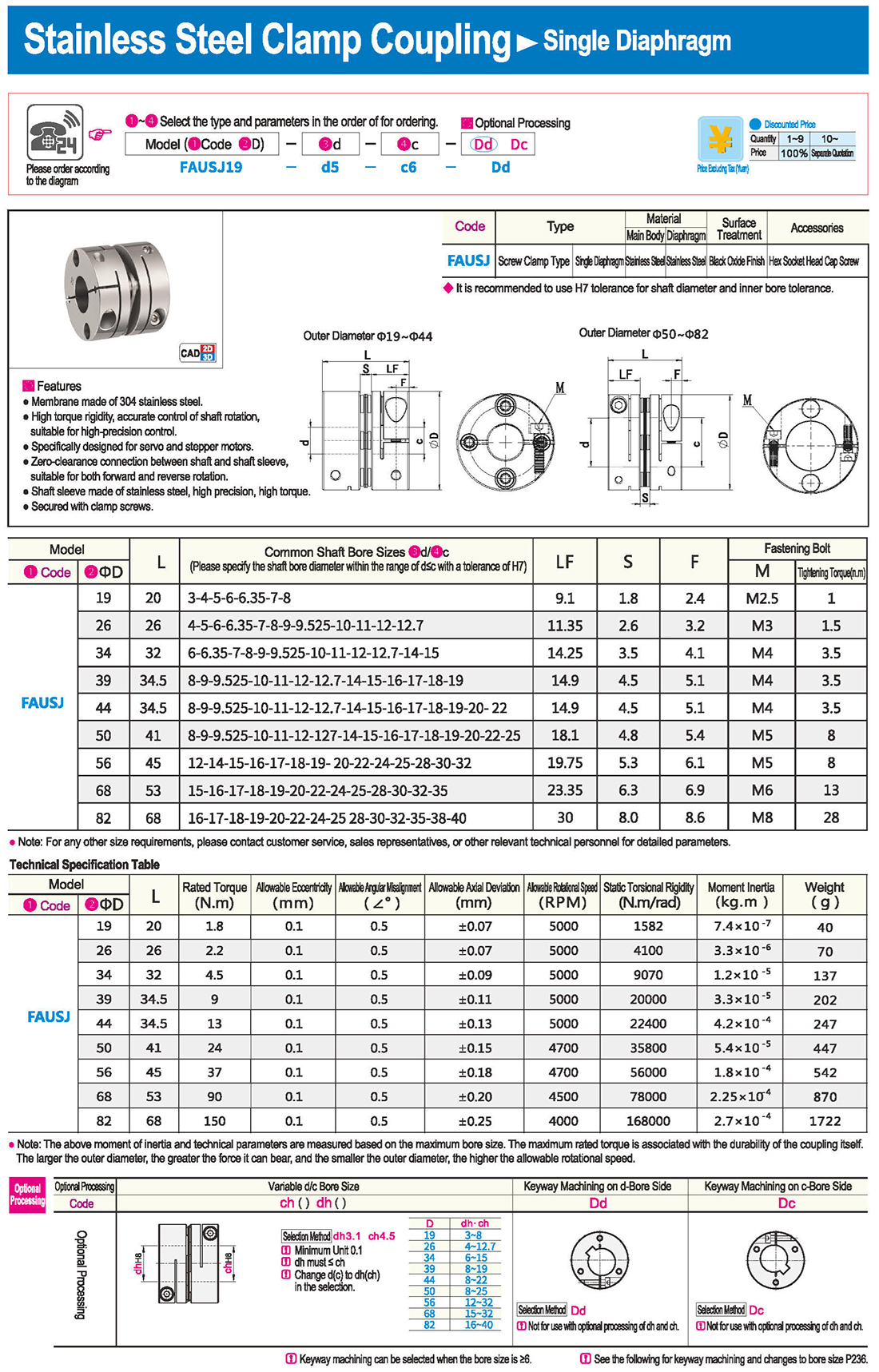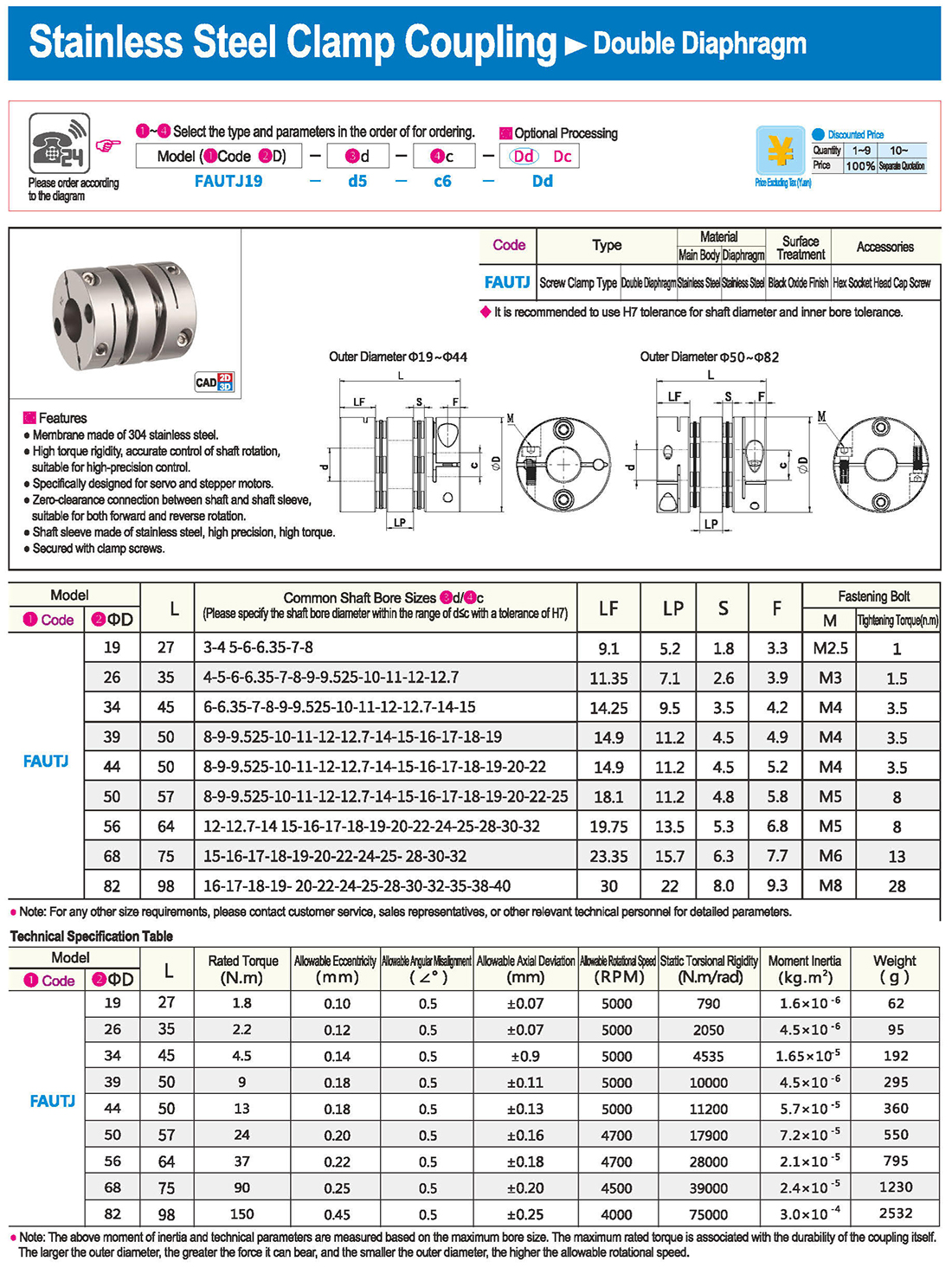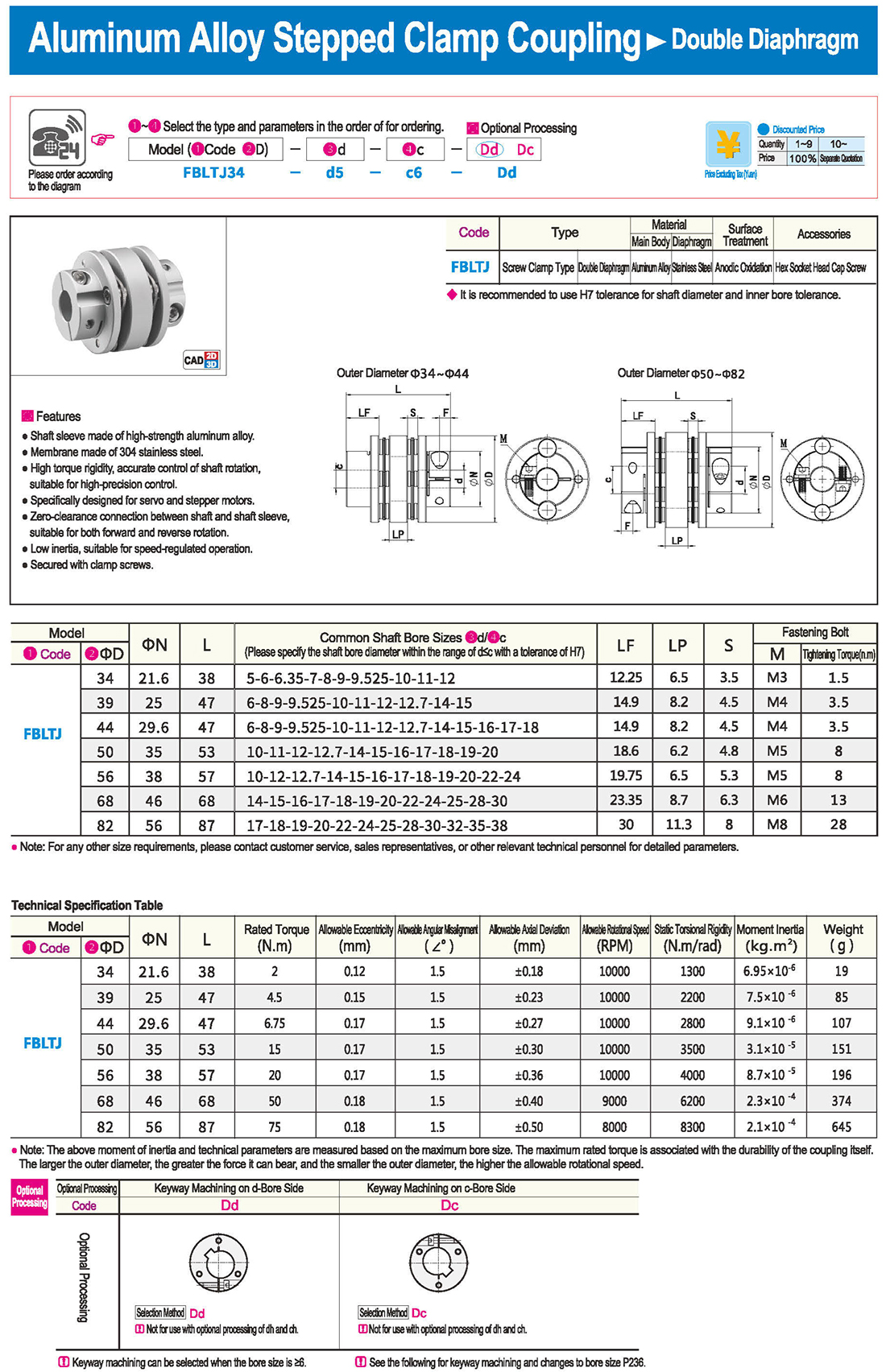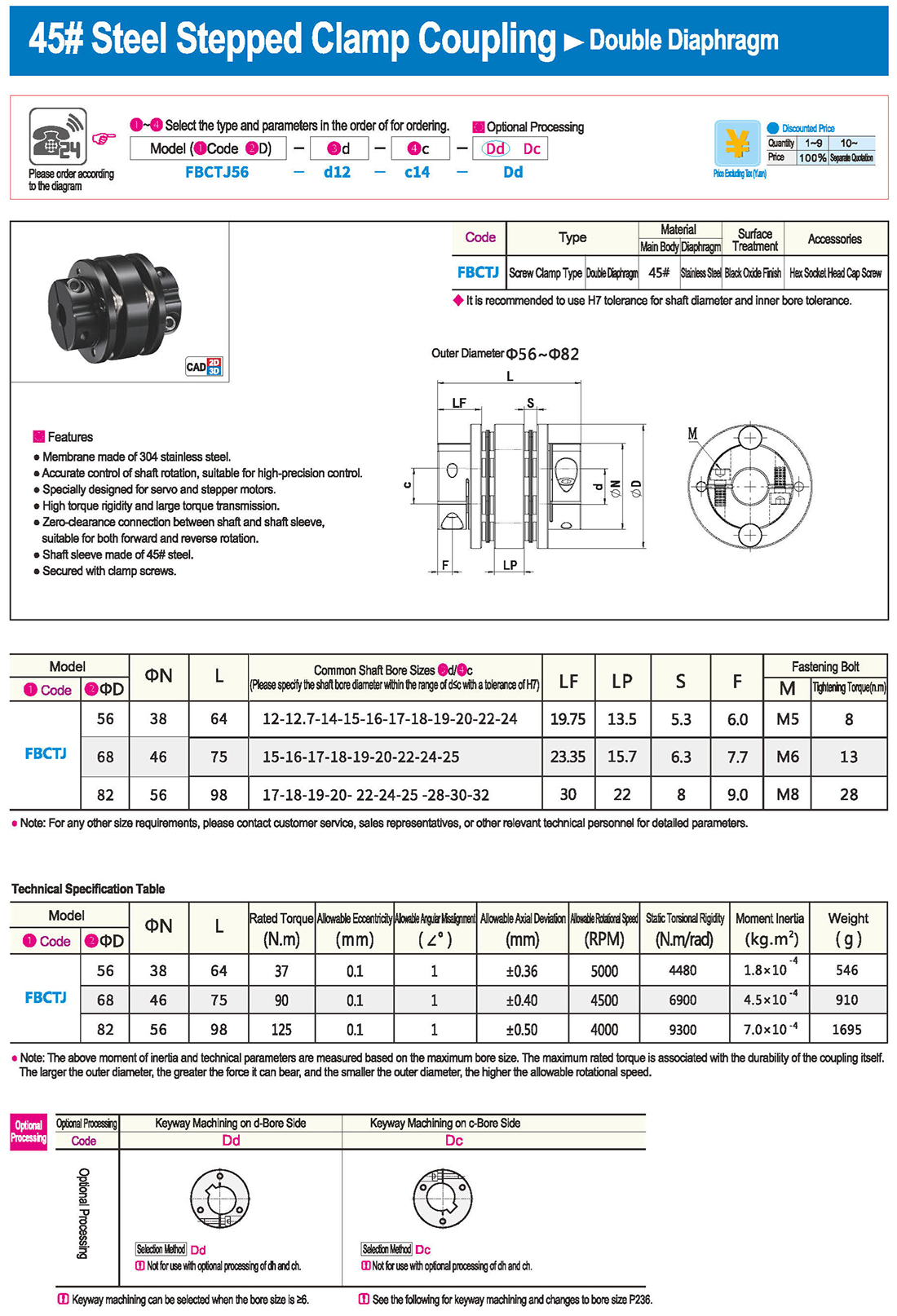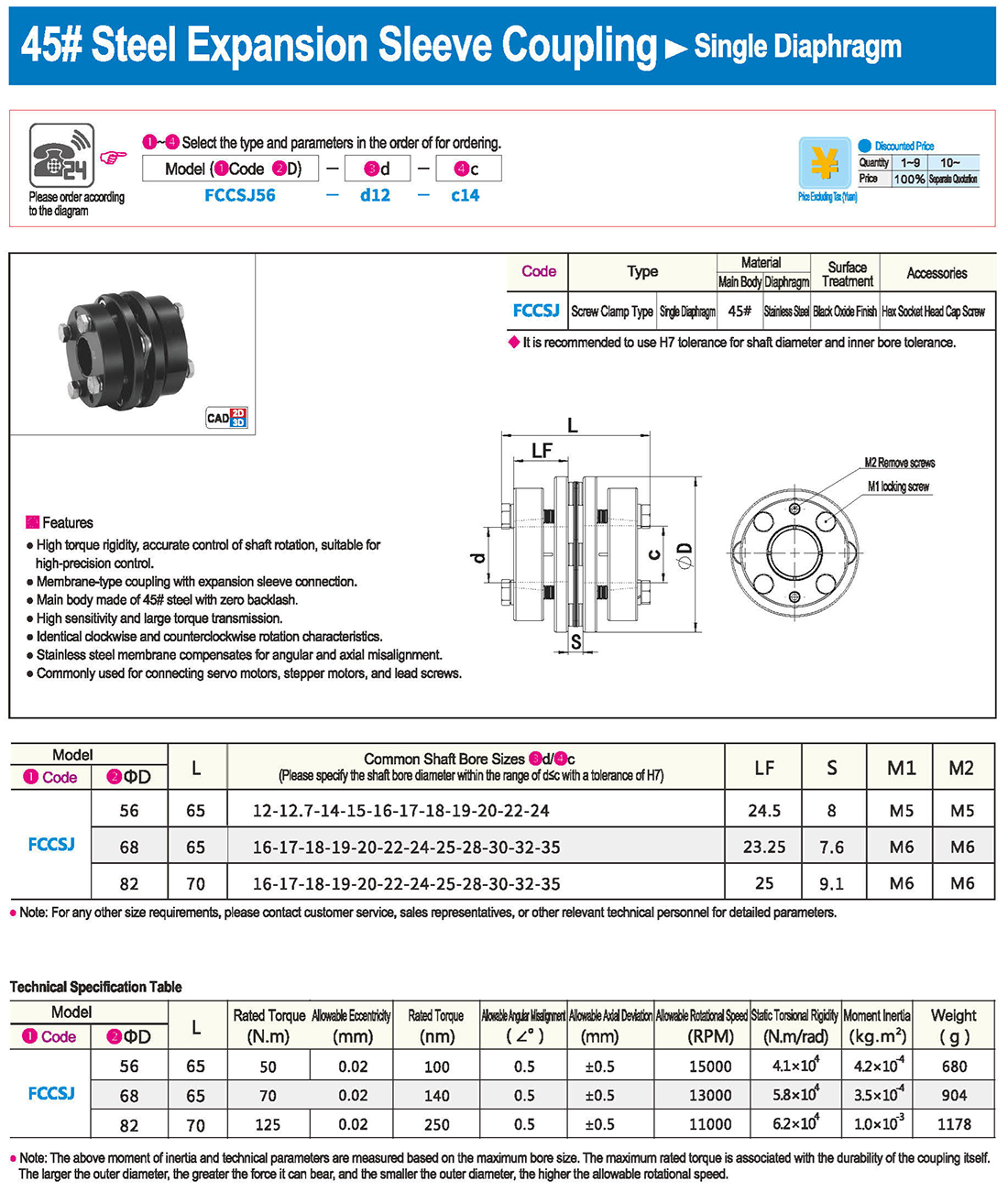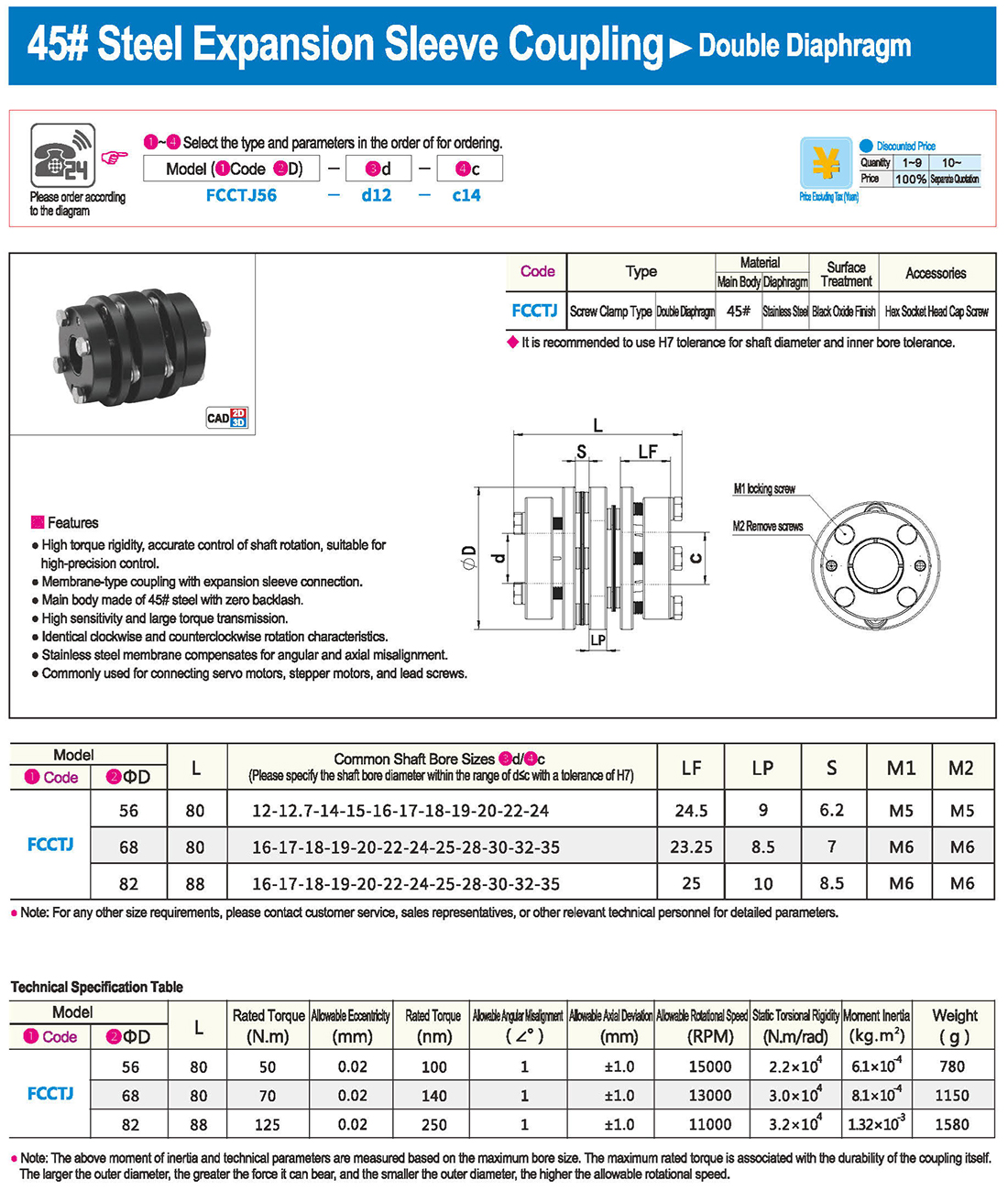-
-
Caja de cambios de 90 grados de ángulo recto
- Aatmas: sistema de dirección de precisión de la serie
- Sistema de dirección de precisión de la serie aatas
- Precisión de la serie aawas reducde 90 grados
- Tren de dirección estándar de la serie PT-A
- PAW-A serie precisa reducde 90 grados
- En el tren de dirección de entrada del eje de la serie
- Entrada de brida de la serie AT-F reduc90 grados
- Elevador de tornillo sincrónico de la serie RB
- CCW Classic Planetary input to steering (en inglés)
- CCT Classic dirección de entrada del eje
-
Micro reductor de engranreductor
-
-
Panes y panes mecánicos mecánicos
-
Componentes mecánicos mecánicos
- Volante de volante
- La mano
- Varios tipos de las manos
- Colgante Wal Pin/ bispin
- mananti
- Categoría de protección para amortigude choque
- Abrazaderas neumáticas/abrazaderas rápidas
- Piezas de posicionamiento/piezas de guía
- Colocación de perno/buje de posicionamiento
- Pequeñas partes/imán
- Montaje de soportes/Bases/soportes
- Bloque de conexión
- Accesorios de neumáticos
- Pies a nivel de las piernas
- Los castillos de la puerta
- Mango de la mano
- bisagr
-
Motores motores motores motores motores
- Motor de bucle abierto + motor de bucle cerrado + motor de paso de tornillo
- Conductor del motor paso a paso (abierto/cerrado)
- Servomotor de ca + servoconductor de ca
- Servomotor de corriente continua + servoconductor de corriente continua (tipo de pulso + bus)
- DC brushless motor y DC brushless driver
- Motor DD de accionamiento directo + motor lineal
- Controlador/controlador de movimiento programable PLC (tarjeta/máquina de control de visión todo en uno)
- Motor especial a prueba de explosión


 inglés
inglés ruso
ruso español
español italiano
italiano árabe
árabe coreano
coreano alemán
alemán Japonés japonés
Japonés japonés vietnamita
vietnamita turco
turco
 introducción
introducción Tabla de especificaciones
Tabla de especificaciones descargar
descargar